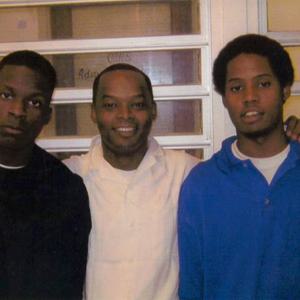Concerned that a fingerprint identification error could lead to the execution of an innocent person, the Federal Bureau of Investigation is examining all cases of state and federal prisoners scheduled for execution to determine whether FBI fingerprint experts made mistakes that led to death sentences. Eighteen months ago, the FBI discovered that a fingerprint examiner for the Bureau had mistakenly matched a print found near the site of terrorist bombings in Madrid to a lawyer in Portland, Oregon. The case embarrassed the FBI and brought to light the potential for internal error. Since then, the FBI has implemented a new policy of reexamining fingerprint evidence in capital cases to ensure the finding’s accuracy before a scheduled execution proceeds. Since the policy was implemented, the FBI has examined at least 92 death penalty cases and found 10 in which it had analyzed fingerprints. In each of the fingerprint cases, the FBI’s original conclusions were confirmed. Bruce Budowle, the FBI’s chief scientist, has responded to recent criticisms of the scientific value of fingerprint analysis by calling for more specific “validation” to improve fingerprint ID techniques.
(USA Today, January 11, 2005). See Innocence.
Innocence
Feb 23, 2024




